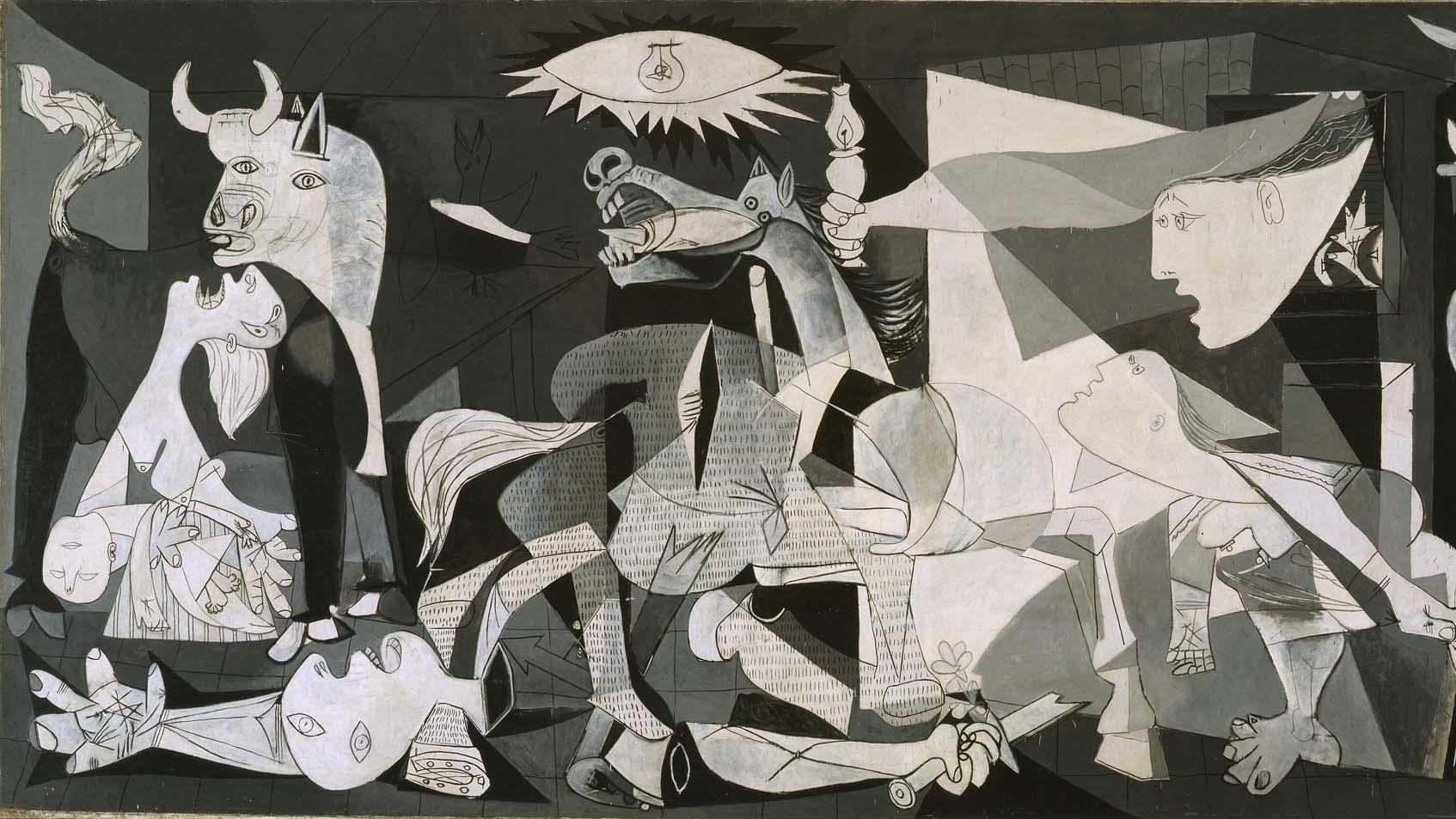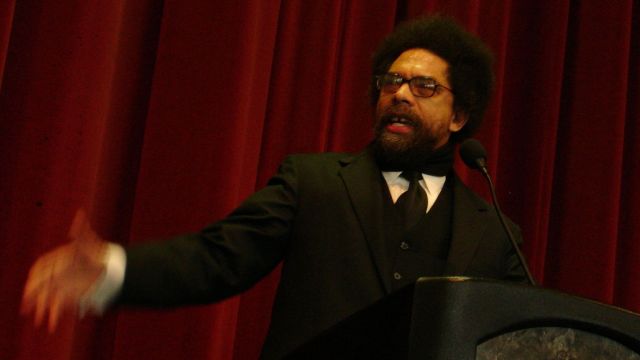Are Troops Painting a Target on a Mosul Monastery?

I hope the New York Times will do a follow-up story on Friday’s “G.I.’s in Iraq Hope to Heal Sacred Walls.” The story — like an NPR broadcast in 2007 and a Smithsonian piece in 2008 — doesn’t answer a question that hovers over the U.S. troops trying to restore Iraq’s oldest Christian monastery: By caring about St. Elijah’s Monastery, by devoting themselves to its resuscitation, are the Americans also painting a bull’s-eye on it?
Times reporter Steven Lee Myers seemed to nod in the approximate direction of this question with a single phrase in Friday’s story: “… before the last American troops leave the monastery to an uncertain fate.”
That “uncertain fate” is what came to mind as I read this sentence from Myers’ story: “The goal, Sergeant Miller explained, is to give St. Elijah’s ‘another 100 years of life — in whosever regime it is then.'”
But what if the commendable effort actually shortens St. Elijah’s life?
The most recent words I’ve encountered about the motivation of Iraq’s insurgents come from David Finkel’s superb book, The Good Soldiers. This sentence: “On the twenty-seventh, with the Americans mostly tucked away, the targets became the Iraqis who had worked most closely with them and now existed with the indelible taint of that contact.”
Now, the “indelible taint” that existed in David Finkel’s eastern Baghdad may not be an issue today up north near Mosul, where St. Elijah’s stands. If so, that’s an interesting story, and I’d like to read about it. Maybe as a follow-up story in the Times. Maybe elsewhere.
Myers reported Friday that “St. Elijah’s has little of the significance of the ruins of the great Sumerian, Babylonian and Assyrian civilizations, all endangered by decay and looting.” I worry that giving special American attention to this relatively less significant Christian site risks corroborating the slur that U.S. troops are modern-day crusaders. I hope my worry is wildly wrong. If so, that’s interesting, too. I’d like to read about it.





